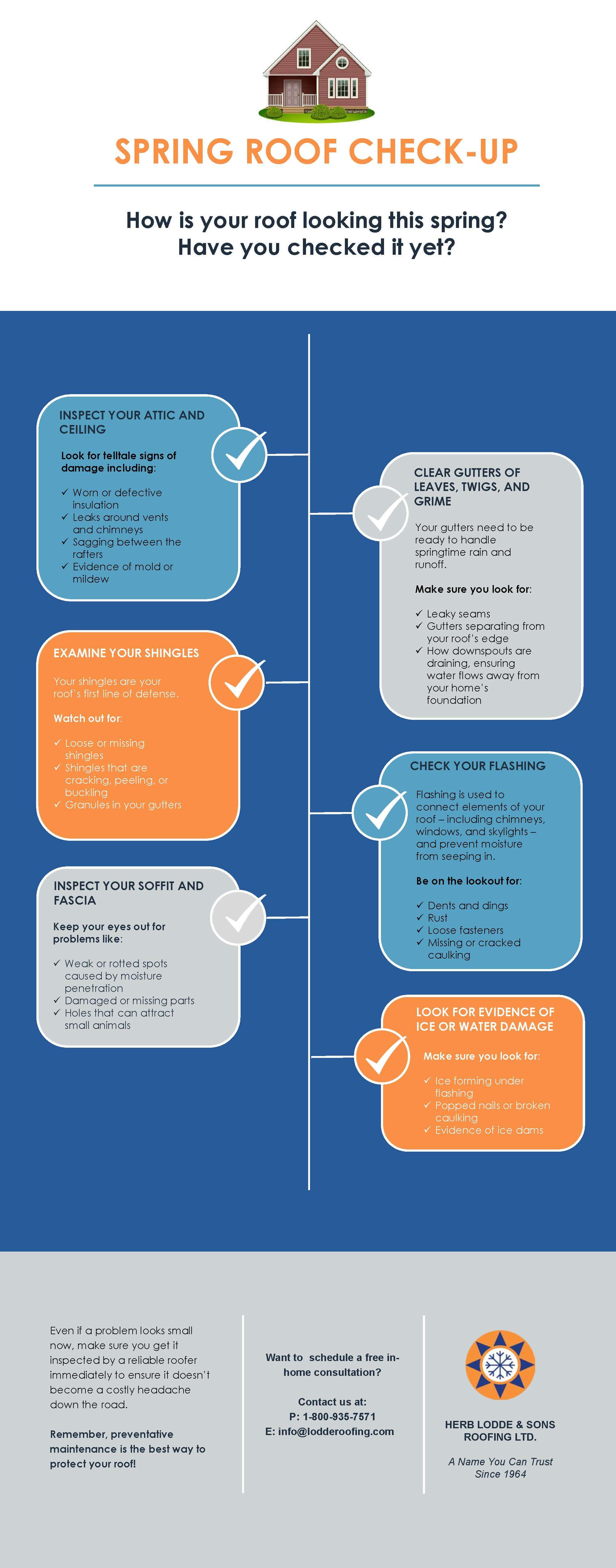Discovering Common Roof Covering Defects In Your Building
Discovering Common Roof Covering Defects In Your Building
Blog Article
Content Create By-Rouse Branch
You may not recognize it, however your roof could be hiding problems that, if left unattended, can cause considerable damage. Begin by seeking dark areas or water discolorations on your ceilings, which typically signify leakages. While you go to it, examine your shingles for any cracks or curling. Don't forget to examine your rain gutters for granule loss, an indication of damage. Comprehending these typical problems can save you money and time, yet knowing when to take the next step is important. What should you do if you locate something concerning?
Common Indicators of Roof Covering Issues
Have you ever discovered dark places on your ceiling or missing out on tiles on your roof covering? These can be indicators of roof issues that should not be overlooked.
If your roof's obtained leakages, you could see water spots or gurgling paint on your ceilings. https://find-roofing-contractors17394.blogs100.com/33730634/locating-the-ideal-professional-for-your-roofing-system-repair-service-can-feel-frustrating-recognize-the-critical-aspects-that-will-aid-guide-your-decision-making indicates dampness entering, which could lead to mold growth and more damages.
Another indicator to look for is granule loss on your tiles. When you see too much granules in your seamless gutters, your roof shingles might be nearing completion of their life-span. It's a caution that they're shedding their safety layer.
If you find any type of drooping locations on your roof covering, that's a red flag. A sagging roof covering can signal architectural concerns that could cause a collapse if not addressed.
Don't forget the exterior. Broken or crinkling shingles and rust on metal roof coverings are additionally signs that your roof covering isn't in leading shape.
Preventative Measures for Your Roofing system
Routinely inspecting your roof can assist you catch potential issues prior to they intensify. Make it a practice to check your roofing system a minimum of two times a year, ideally in springtime and fall. Try to find harmed tiles, debris, or any type of indicators of wear. If you detect anything concerning, address it promptly to avoid additional issues.
Keep your rain gutters tidy and without particles. Clogged gutters can bring about water backup, triggering leakages and damage to your roof covering. If you're not comfortable climbing a ladder, consider employing a professional for this task.
Cut overhanging branches to avoid them from scraping versus your roof throughout storms. This additionally decreases the risk of falling limbs damaging your roof shingles.
Guarantee appropriate air flow in your attic room. Good airflow helps regulate temperature level and moisture, preventing mold and mildew growth and prolonging the life of your roof covering.
Ultimately, invest in a roof upkeep plan if you're uncertain regarding the maintenance. Routine upkeep can capture minor issues before they become pricey repairs.
When to Call an Expert
Knowing when to call a professional for roof issues can save you time and money, especially if you discover indicators of major damage. If you see missing tiles, water spots on your ceilings, or significant leaks, it's time to reach out to an expert. These concerns can suggest that your roofing system needs instant attention to avoid additional damages to your home.
Don't wait till the issue intensifies. If you can't securely access your roof or if you're unclear regarding the degree of the damage, it's ideal to call an expert. They've the experience and devices needed to examine the scenario properly.
Also, think about hiring a roof professional after a serious storm. High winds, hail, or heavy snowfall can create covert damages that mightn't show up from the ground. A specialist inspection can discover these problems before they end up being expensive repair services.
Last but not least, if your roof is aging or you're considering a replacement, get in touch with a roof covering professional. They can direct you on materials and options that fit your home and budget plan.
Don't hesitate to look for assistance; it can save you from more substantial headaches down the line.
https://www.lohud.com/story/money/real-estate/homes/2014/08/01/ask-angie-roof-tips/13463745/
By remaining vigilant and consistently examining your roofing system, you can capture common problems early and save on your own from pricey fixings. Keep an eye out for dark areas, broken shingles, and drooping locations. Don't neglect to check your gutters for granule loss, also. If you detect any worrying signs or aren't comfy climbing to evaluate, don't think twice to call an expert. Taking these steps currently will help ensure your roof remains solid and safety for several years ahead.
